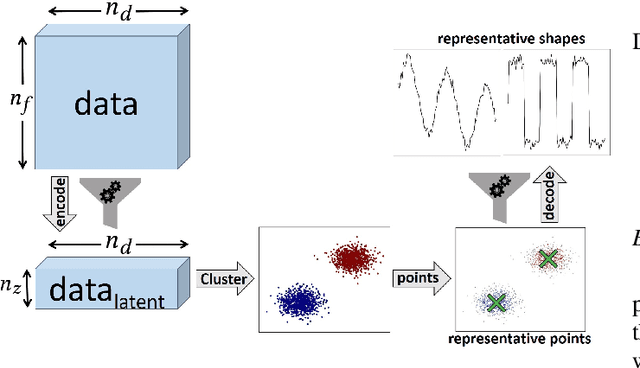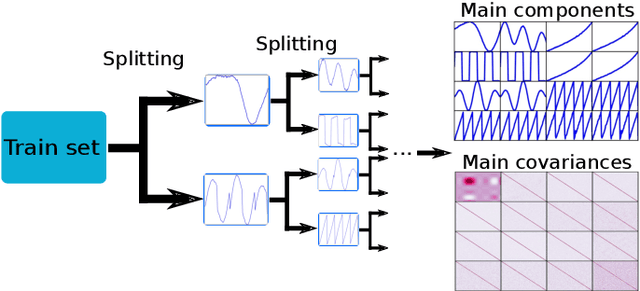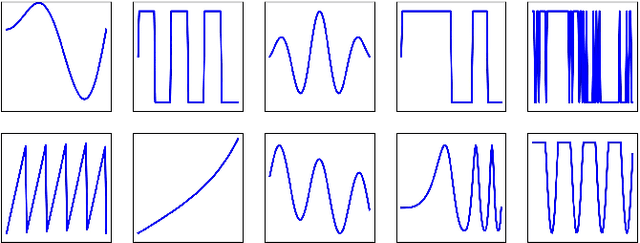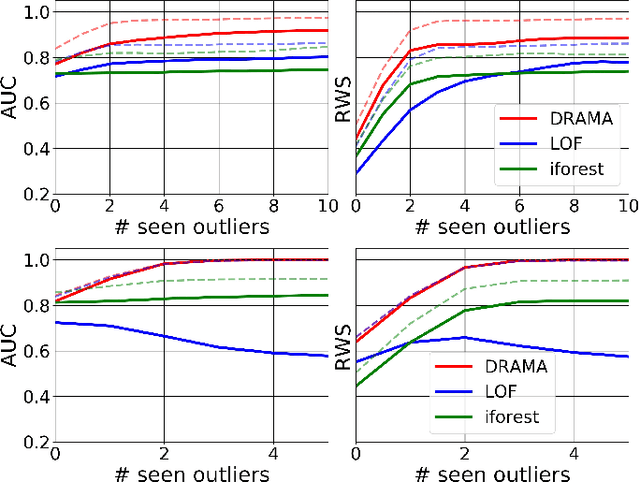Martin Kunz
Anchors no more: Using peculiar velocities to constrain $H_0$ and the primordial Universe without calibrators
Apr 14, 2025Abstract:We develop a novel approach to constrain the Hubble parameter $H_0$ and the primordial power spectrum amplitude $A_\mathrm{s}$ using supernovae type Ia (SNIa) data. By considering SNIa as tracers of the peculiar velocity field, we can model their distance and their covariance as a function of cosmological parameters without the need of calibrators like Cepheids; this yields a new independent probe of the large-scale structure based on SNIa data without distance anchors. Crucially, we implement a differentiable pipeline in JAX, including efficient emulators and affine sampling, reducing inference time from years to hours on a single GPU. We first validate our method on mock datasets, demonstrating that we can constrain $H_0$ and $\log 10^{10}A_\mathrm{s}$ within $\sim10\%$ using $\sim10^3$ SNIa. We then test our pipeline with SNIa from an $N$-body simulation, obtaining $7\%$-level unbiased constraints on $H_0$ with a moderate noise level. We finally apply our method to Pantheon+ data, constraining $H_0$ at the $10\%$ level without Cepheids when fixing $A_\mathrm{s}$ to its $\it{Planck}$ value. On the other hand, we obtain $15\%$-level constraints on $\log 10^{10}A_\mathrm{s}$ in agreement with $\it{Planck}$ when including Cepheids in the analysis. In light of upcoming observations of low redshift SNIa from the Zwicky Transient Facility and the Vera Rubin Legacy Survey of Space and Time, surveys for which our method will develop its full potential, we make our code publicly available.
A Flexible Framework for Anomaly Detection via Dimensionality Reduction
Sep 09, 2019



Abstract:Anomaly detection is challenging, especially for large datasets in high dimensions. Here we explore a general anomaly detection framework based on dimensionality reduction and unsupervised clustering. We release DRAMA, a general python package that implements the general framework with a wide range of built-in options. We test DRAMA on a wide variety of simulated and real datasets, in up to 3000 dimensions, and find it robust and highly competitive with commonly-used anomaly detection algorithms, especially in high dimensions. The flexibility of the DRAMA framework allows for significant optimization once some examples of anomalies are available, making it ideal for online anomaly detection, active learning and highly unbalanced datasets.
 Add to Chrome
Add to Chrome Add to Firefox
Add to Firefox Add to Edge
Add to Edge